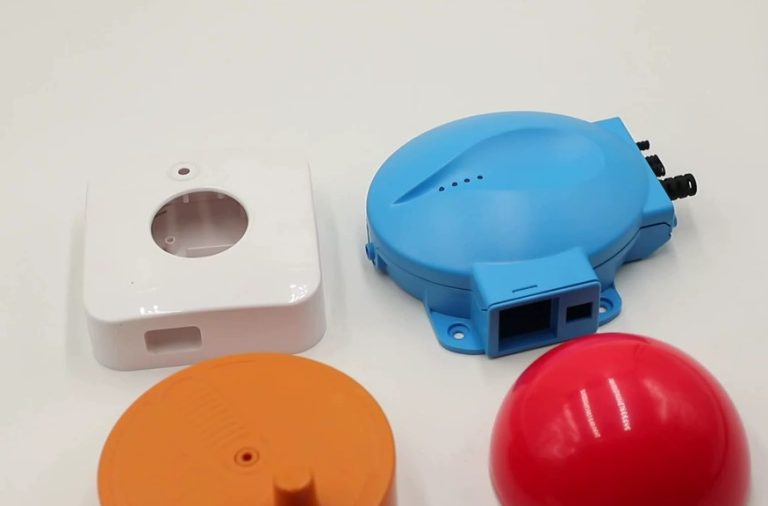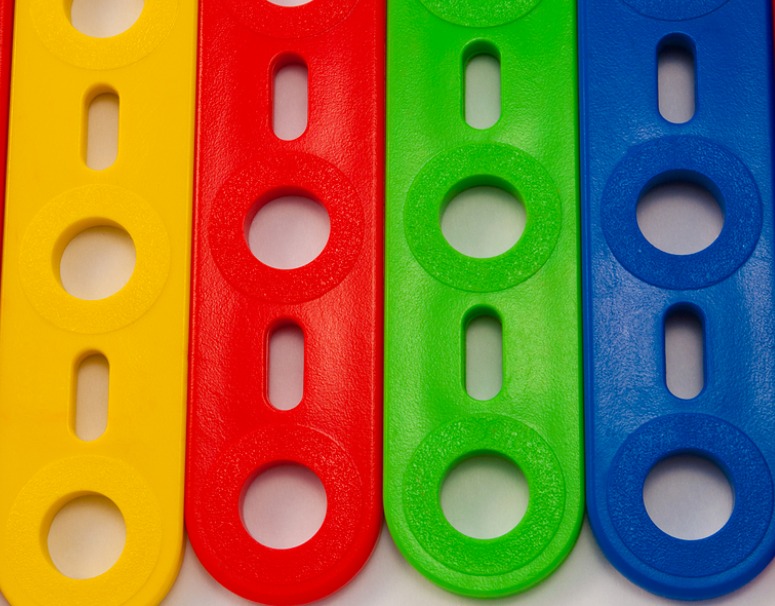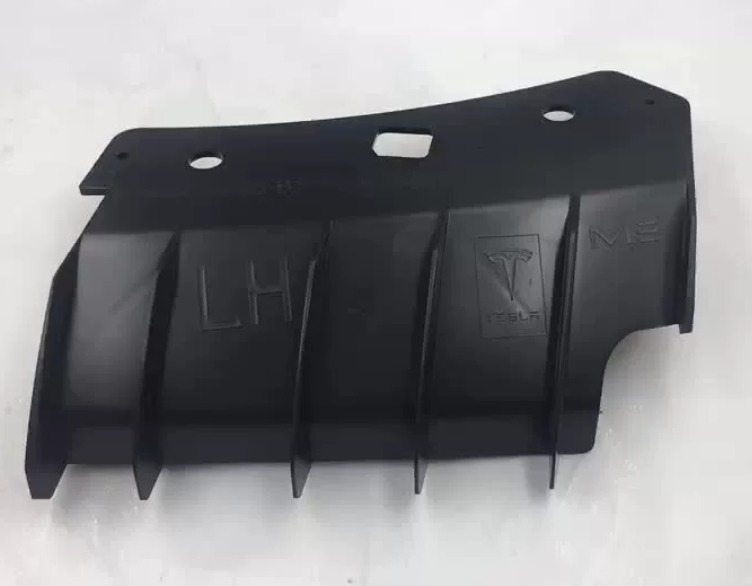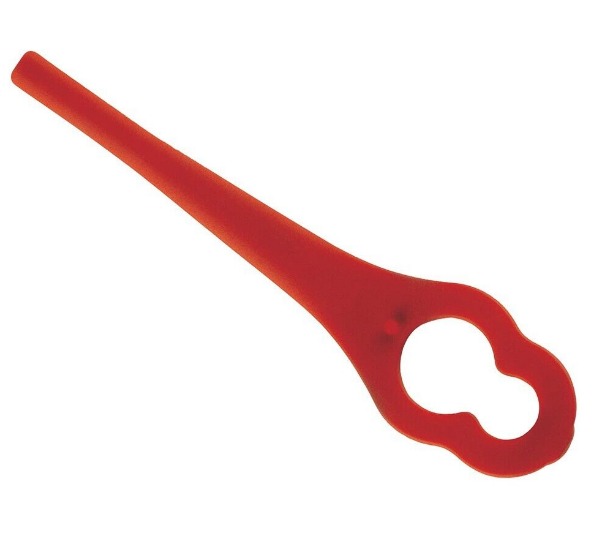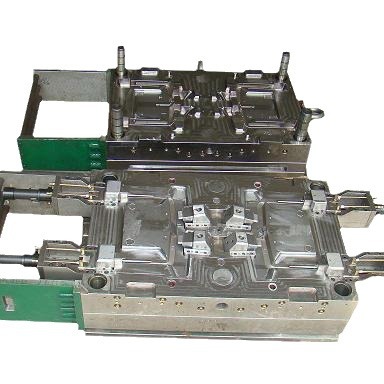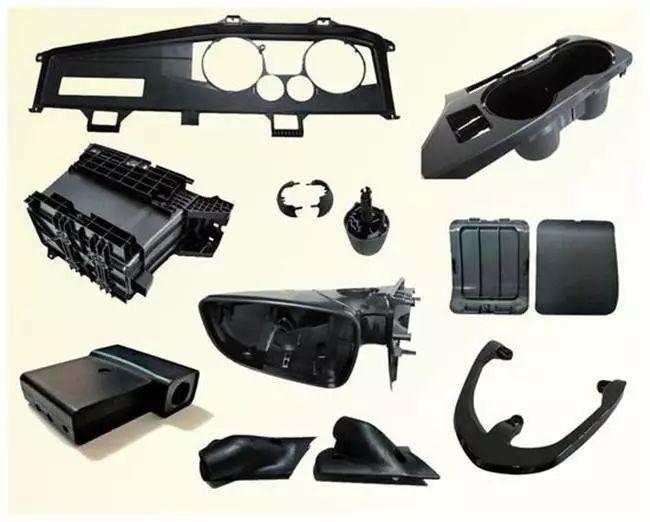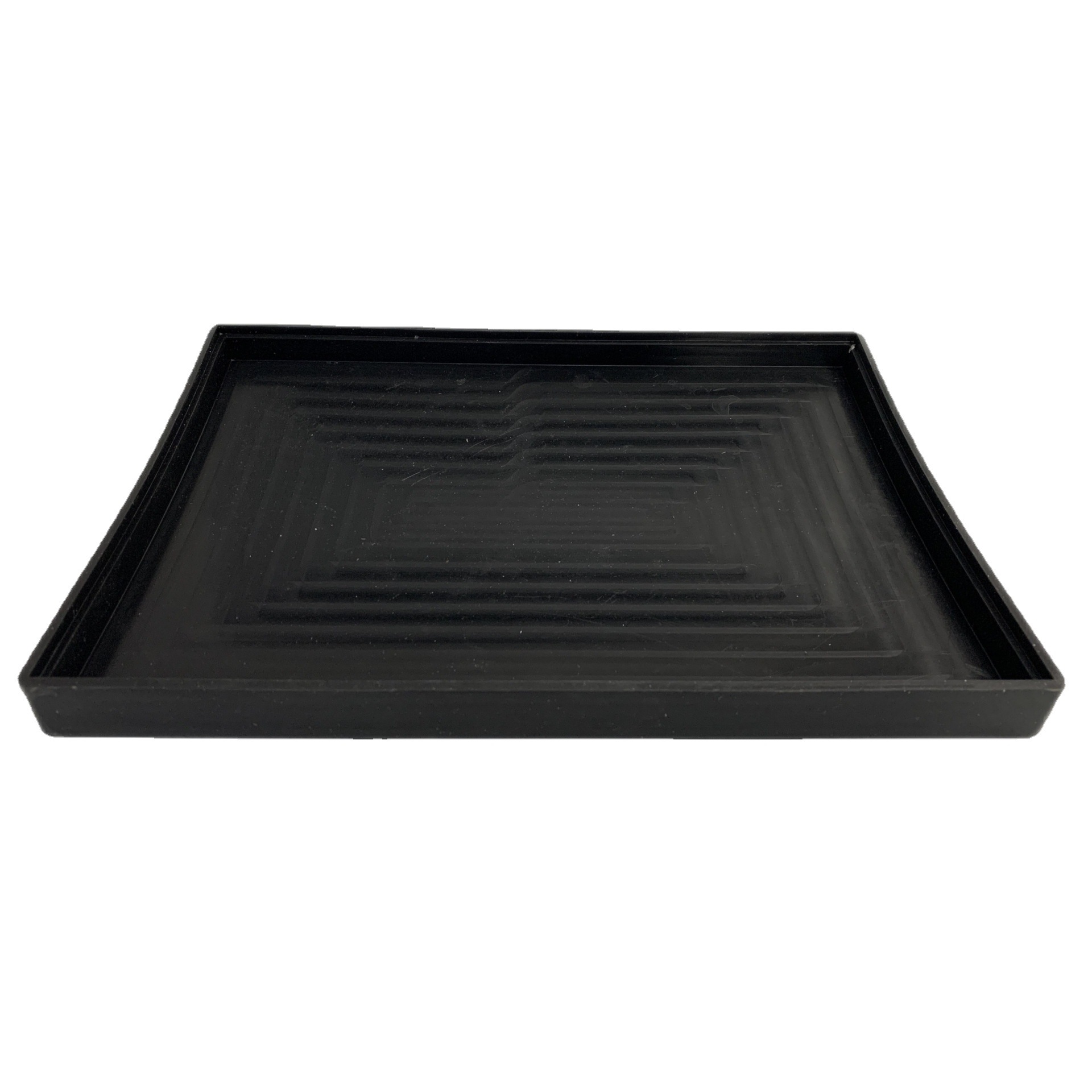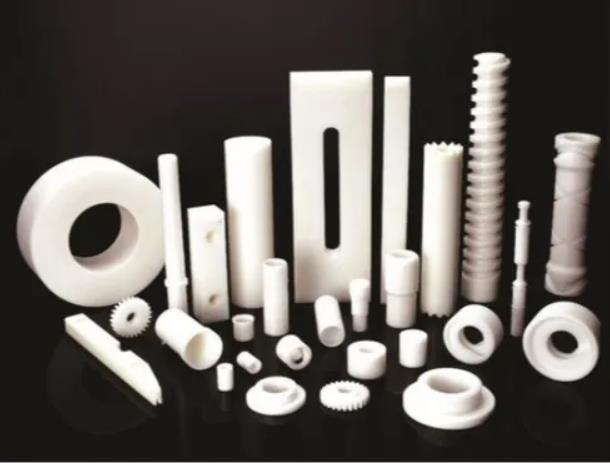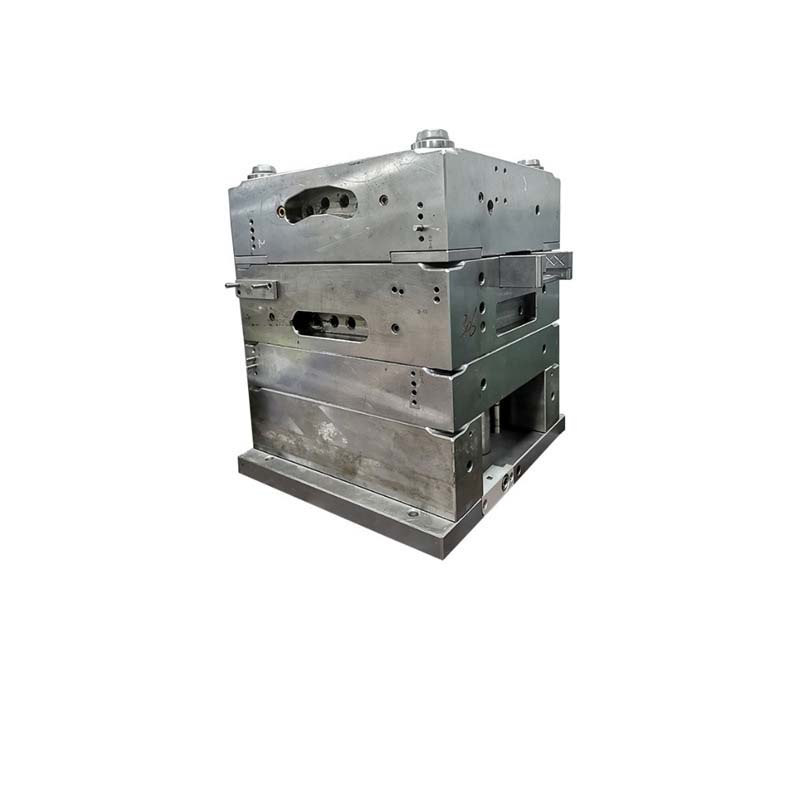What is Overmolding?
Overmolding, also known as over - injection molding, is a specialized manufacturing process that combines two or more materials to create a single, integrated component. At its core, overmolding involves the secondary injection of a second material (the overmold) onto a pre - formed substrate or insert (the base material). This process allows manufacturers to combine the properties of different materials, such as the strength of a rigid plastic with the flexibility of a rubber - like material, in a single product.
Overmolding can create a wide variety of products, from consumer electronics like smartphone cases with shock - absorbing rubber overmolds to automotive components such as steering wheels with soft - touch grips. It offers a high degree of design flexibility, enabling manufacturers to create parts with complex geometries and multiple material properties in a single manufacturing step.
The Intricate Process of Overmolding
Step - by - Step Breakdown
- Mold Preparation: The first step in the overmolding process is mold preparation. The mold used for overmolding is a specialized tool designed to hold the base material in place and shape the overmold material. It is typically made of steel or aluminum and is precision - machined to ensure accurate replication of the desired part geometry. The mold is thoroughly cleaned and lubricated to prevent the materials from sticking and to ensure smooth ejection of the finished part. For example, in the production of a plastic - metal overmolded component, the mold cavities are carefully designed to accommodate the metal insert and the plastic overmold, with precise tolerances to ensure a tight fit.
- Base Material Insertion: Once the mold is ready, the pre - formed base material is inserted into the mold. The base material can be a wide range of substances, such as a plastic part, a metal component, or even a fabric. This step requires careful handling to ensure that the base material is positioned correctly within the mold. In the case of a medical device with a plastic housing (base material) and a silicone overmold for grip and protection, the plastic housing must be placed precisely in the mold so that the silicone overmold adheres evenly. Any misalignment can lead to defects in the final product, such as uneven overmold thickness or poor adhesion.
- Overmold Material Injection: After the base material is in place, the overmold material, which is usually in a molten state, is injected into the mold. The injection process is carefully controlled in terms of temperature, pressure, and injection speed. The temperature of the overmold material is set to ensure it is in a fluid state for proper flow around the base material but not so high as to damage the base material or cause other issues like material degradation. For instance, when overmolding a rubber - like thermoplastic elastomer (TPE) onto a rigid plastic substrate, the TPE is heated to its melting point and injected into the mold at a specific pressure. The injection speed is adjusted to ensure that the TPE fills the mold cavities completely and evenly, without causing air pockets or other defects.
- Cooling and Solidification: Once the overmold material has been injected, the mold is cooled to allow the overmold material to solidify around the base material. Cooling can be achieved through various methods, such as circulating cool water or air through channels within the mold. The cooling rate is an important factor as it affects the quality of the final product. A too - fast cooling rate can cause internal stresses in the overmolded part, leading to warping or cracking, while a too - slow cooling rate can increase production time and cost. For example, in the manufacturing of automotive interior components with overmolded soft - touch surfaces, the cooling process is optimized to ensure that the overmold material solidifies uniformly, providing a smooth and durable finish.
- Ejection and Finishing: After the overmold material has solidified, the finished part is ejected from the mold. This is usually done using ejector pins or other mechanical means. Once ejected, the part may undergo post - processing steps such as trimming to remove any excess material (flash), sanding to smooth the surface, or painting for aesthetic purposes. In the production of consumer electronics, the overmolded parts may be further polished and coated to enhance their appearance and durability.
Tools and Materials Required
- Injection Molding Machine: This is the primary equipment for overmolding. It is responsible for melting the overmold material and injecting it into the mold at high pressure. Injection molding machines come in various sizes and capacities, depending on the size and complexity of the parts to be produced. For large - scale production of overmolded products, high - capacity injection molding machines with precise control systems are used.
- Molds: As mentioned earlier, molds are custom - designed for each overmolding project. They can be single - cavity molds (producing one part per cycle) or multi - cavity molds (producing multiple parts per cycle). The mold design takes into account factors such as the shape of the base material, the flow path of the overmold material, and the cooling requirements.
- Base Materials: These can include plastics like acrylonitrile - butadiene - styrene (ABS), polycarbonate (PC), polyethylene (PE), and polypropylene (PP). Metals such as aluminum, brass, and stainless steel are also commonly used as base materials. In some cases, other materials like glass, ceramics, or fabrics can serve as the base.
- Overmold Materials: Thermoplastic elastomers (TPEs) are very popular overmold materials due to their rubber - like properties, such as flexibility, softness, and good grip. Silicone is another common overmold material, especially when high - temperature resistance, chemical resistance, or biocompatibility is required, as in the case of medical devices or kitchenware.
Overmolding vs Other Molding Methods: A Comparative Analysis
Injection Molding
Injection molding is a widely used manufacturing process, but it has distinct differences from overmolding.
- Cost: In injection molding, the initial investment in molds and injection molding machines can be high, especially for complex molds. However, for high - volume production, the unit cost can be relatively low due to the high production speed. Overmolding, on the other hand, often requires more complex molds to accommodate the base material and the overmold material, which can increase the mold cost. Additionally, the process may be more time - consuming due to the need to insert the base material, potentially increasing production costs for small - to - medium volumes. For example, a simple plastic toy produced by injection molding can have a relatively low unit cost when produced in large quantities, while an overmolded product like a smartphone case with a rubber overmold may have a higher initial cost due to the complexity of the mold and the additional steps in the process.
- Production Speed: Injection molding is known for its high production speed. Modern injection molding machines can produce a large number of parts in a short time, with cycle times often ranging from a few seconds to a couple of minutes, depending on the part size and complexity. Overmolding, because of the additional steps of base material insertion and the need to ensure proper adhesion between the two materials, generally has a longer cycle time. This makes injection molding more suitable for high - volume, high - speed production of simple parts, while overmolding is better for creating more complex, multi - material components where the additional time is acceptable for the added functionality.
- Product Complexity: Injection molding can create complex - shaped parts with high precision. However, it is limited to a single material (or in some cases, co - injection of two materials in a different way than overmolding). Overmolding offers the advantage of combining different materials, which allows for the creation of parts with more complex functionality. For instance, injection molding can produce a complex - shaped plastic housing for an electronic device, but overmolding can add a soft, shock - absorbing overmold to that housing, enhancing its functionality and user experience.
Yigu Technology's Insights on Overmolding
As a non - standard plastic metal products custom Supplier, Yigu Technology has deep - seated insights into overmolding. Overmolding, in our experience, is a game - changer in the manufacturing of custom products. It allows us to combine the unique properties of different materials precisely as per the client's requirements.
For plastic - metal overmolded components, we've found that overmolding can enhance the durability and functionality of metal parts. By adding a plastic overmold, we can improve grip, provide insulation, and protect the metal from corrosion. This not only extends the lifespan of the product but also adds value - added features.
In the production process, our team of experts pays close attention to every detail, from mold design to material selection. We have successfully completed numerous projects, each time leveraging overmolding to create products that meet and exceed customer expectations. Whether it's a small - scale prototype or large - scale production, we are confident in our ability to utilize overmolding to deliver high - quality, customized solutions.
